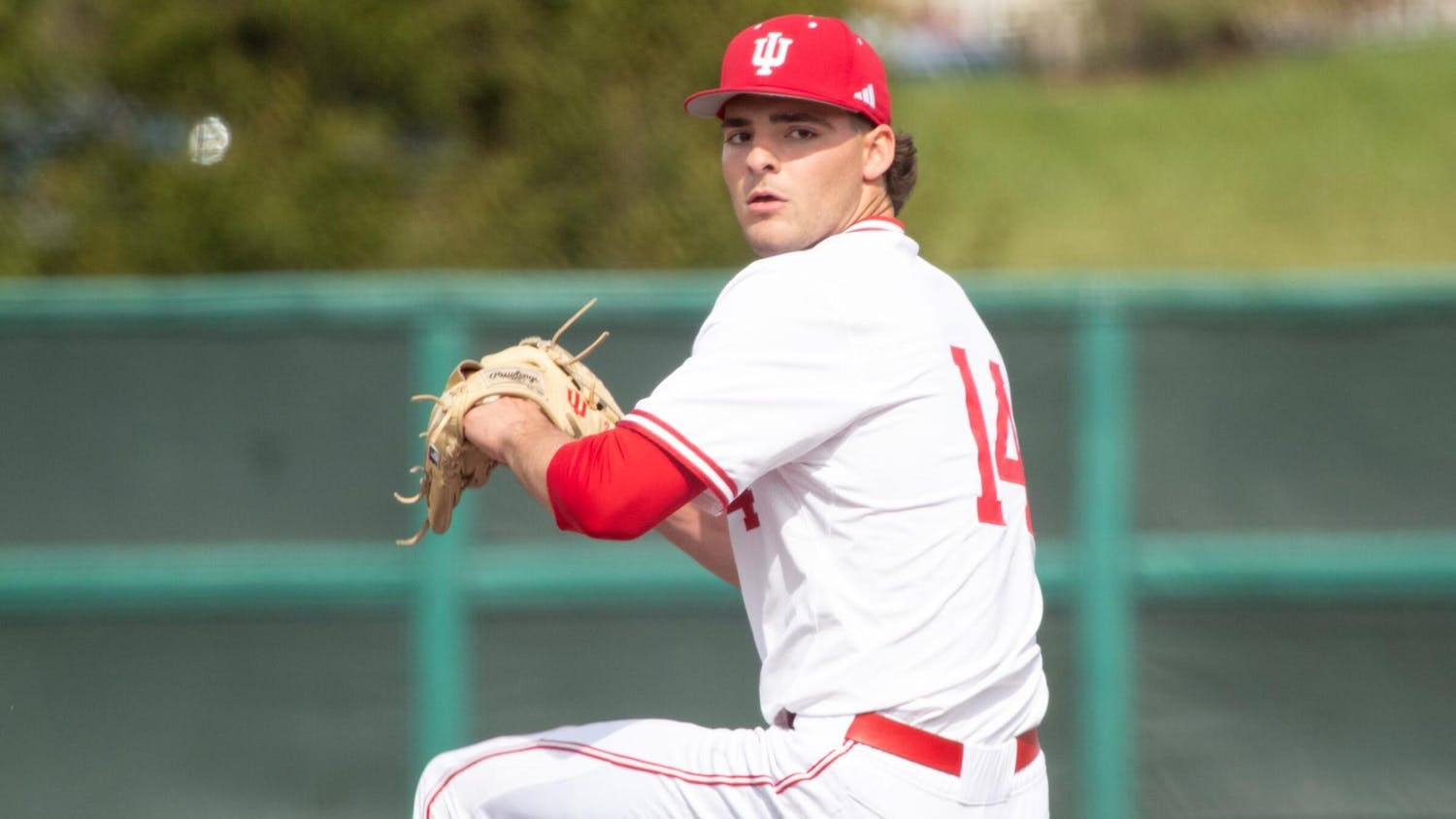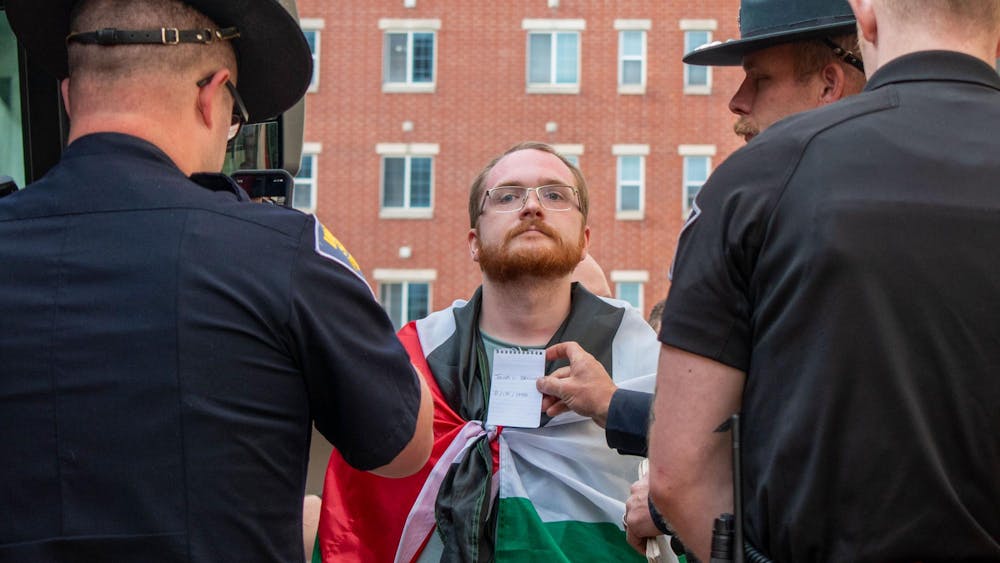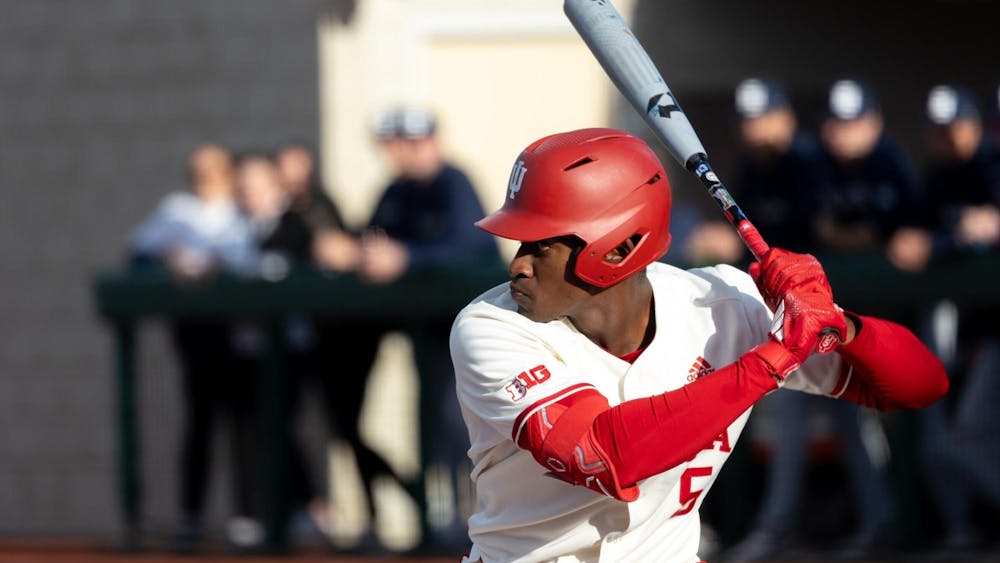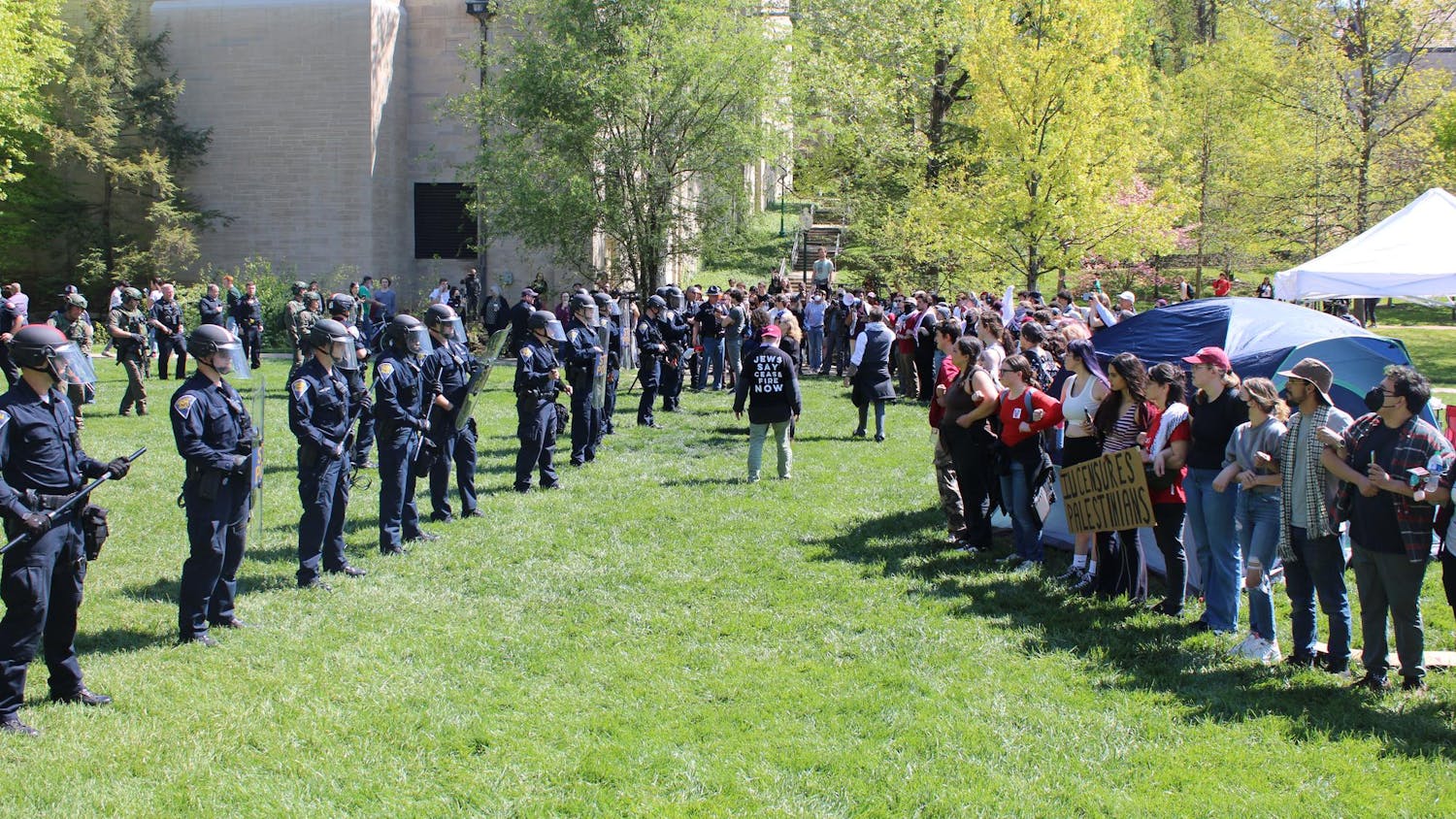Researchers at IU’s School of Medicine may have discovered a new treatment for testicular cancer in patients who do not respond to initial chemotherapy, according to a report in the New England Journal of Medicine. \nThe report, authored by several researchers, including renowned IU oncologist Dr. Lawrence Einhorn, stated that 116 of the 184 patients involved in the study went into complete remission after being treated. \n“Testicular tumors are potentially curable by means of high-dose chemotherapy plus hematopoietic stem-cell rescue, even when this regimen is used as a third-line or later therapy or in patients with platinum-refractory disease,” the report concluded. \nStephen Williams, one of the co-authors of the report and the associate dean for cancer research at the School of Medicine, said this kind of research had been ongoing. However, he said the results in the report were obtained when several people brought their research together in one study. \n“People have been doing high-dose chemotherapy ... for quite some time, but it had been awhile since we had compiled our results,” Williams said. “I think the results even surprised us, how well they were doing. It’s fairly impressive.”\nWilliams said the treatment method involves removing and freezing a patient’s stem cells from their blood, then giving them high doses of chemotherapy, which must be stronger than normal to fight the more drug-resistant malignancies discussed in the report.\nThose drugs lower the patient’s blood cell count, and the frozen stem cells are replaced to counteract that lowering effect. The stem cell replacement allows patients to withstand higher doses of chemotherapy that might not have been safe otherwise. \nThe report concluded that this experimental method of treating patients with metastatic testicular cancer that had progressed even after receiving chemotherapy proved effective in defeating the disease.\nThe overall cure rate for testicular cancer is in the range of 90 percent, according to webmd.com. Even after the malignancy has spread, about 70 percent of patients still respond to treatment and are cured of the disease.\nWilliams said this particular treatment is pertinent to a small number of testicular cancer patients. He said only 5 to 10 percent of patients advance to the stage where this form of treatment would be necessary, and the high-dose chemotherapy is effective in “a little bit more than 60 percent” of those patients. \nWilliams called testicular cancer “the most curable adult-solid tumor.” \nWilliams said this method might not be effective for many forms of cancer, especially those historically resistant to chemotherapy, which testicular cancer is not. \nHe also said that the treatment, while effective, may be hard to offer because of the training required from medical personnel. \n“It’s still a pretty big deal. It takes a sophisticated team of people to take care of these patients,” Williams said. “Our ability to take care of the patients ... has improved a lot over the years. We’ve just gotten better at it, I think, in a variety of ways.”\nWilliams said researchers will always continue to look for new and innovative ways to battle all forms of cancer, and that the findings in the report will only spawn further work. \n“We will continue to seek better forms of chemotherapy that can be given in high dosages,” Williams said. \nEinhorn, a leader in testicular cancer research who helped cure seven-time Tour de France winner Lance Armstrong during his now-famous bout with the disease, developed a method of successfully treating testicular cancer in the 1970s by mixing chemotherapy with a drug considered experimental at the time. \nThe report appears in the July 26 issue of the New England Journal of Medicine.
IU finds new treatment for testicular cancer
116 of 184 in study went into complete remission
Get stories like this in your inbox
Subscribe





